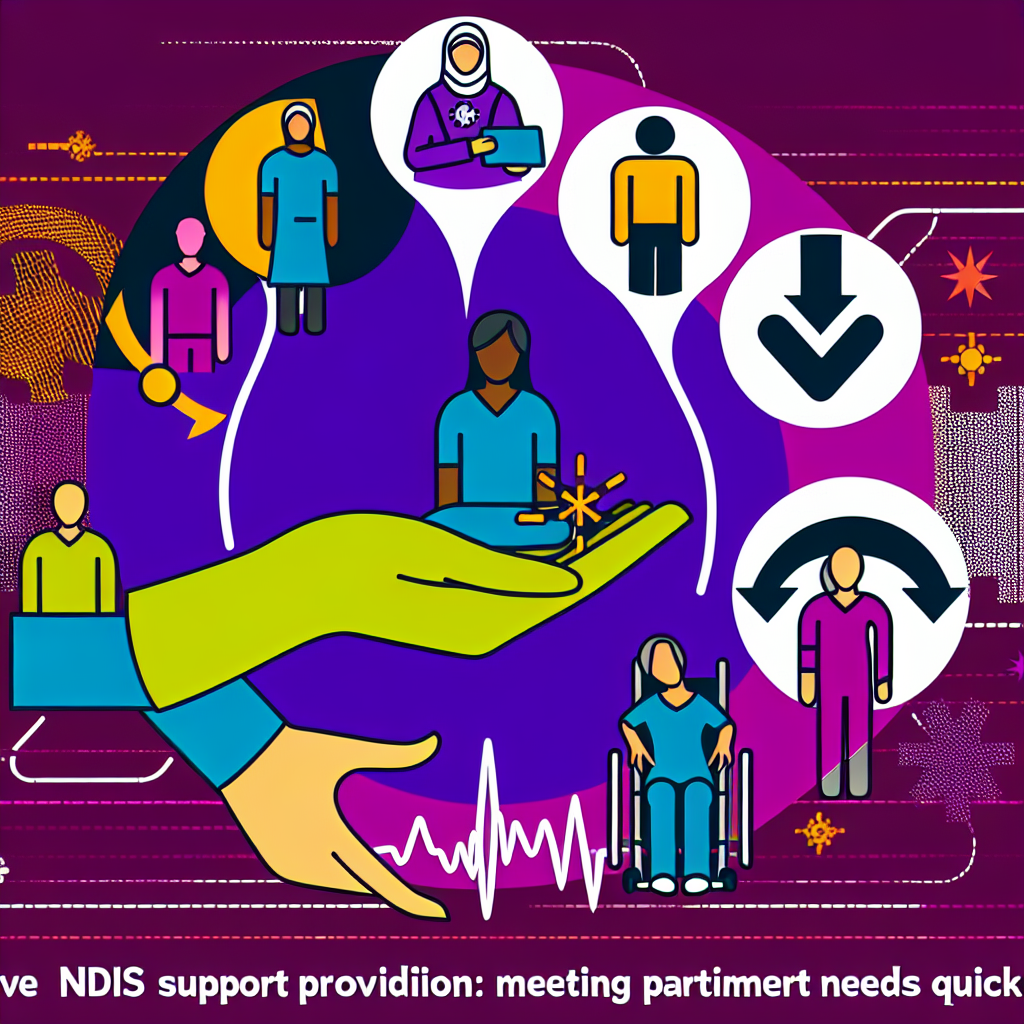The National Disability Insurance Scheme (NDIS) has become a cornerstone in supporting Australians with disabilities. This revolutionary initiative has evolved significantly since its inception, fundamentally changing the landscape of disability services in Australia. Understanding the history and evolution of the NDIS not only sheds light on its importance but also highlights the ongoing efforts to improve this essential service. In this blog post, we delve into the origins, development, and future prospects of the NDIS.
Origins of the NDIS
The journey towards establishing the NDIS began long before its official launch in 2013. The need for a comprehensive support system for individuals with disabilities was recognized decades earlier. Fundamental to this initiative were the increasing calls for reform in disability services across Australia. The fragmented and inconsistent nature of available services at the time left many people without adequate support, necessitating a systemic overhaul.
Initial Advocacy and Reports
The groundwork for the NDIS can be traced back to extensive advocacy efforts by disability rights groups who highlighted the inadequacies of the existing support systems. Landmark reports, such as the 2009 Disability Investment Group’s report and the Productivity Commission’s report in 2011, played crucial roles in shaping the discourse around disability services. These reports presented compelling evidence of the economic and social benefits of introducing a national disability insurance scheme.
The Establishment of the NDIS
The introduction of the National Disability Insurance Scheme was a pivotal moment in the history of disability services in Australia. It represented a paradigm shift from the previous welfare-based approach to a more rights-based, individualized support system.
Legislative Framework
The NDIS was established through the National Disability Insurance Scheme Act 2013, which set the legal foundation for the scheme’s operation. The legislation outlined the principles guiding the NDIS, including the eligibility criteria, the scope of services, and governance structures required to administer the program effectively.
Pilot Programs and Initial Rollout
Before the nationwide rollout, the NDIS was tested through pilot programs in select regions starting in 2013. These trials were crucial for identifying operational challenges and refining the processes involved in service delivery. The feedback from these pilot programs informed the gradual expansion of the NDIS, ensuring a more robust system by the time of its full implementation nationwide in 2016.
Evolution of the NDIS
Since its national rollout, the NDIS has undergone significant evolution to better serve the disability community. Continuous feedback from participants, service providers, and policymakers has driven these changes, aimed at improving the scheme’s efficiency and effectiveness.
Improved Accessibility and Coverage
One of the key improvements in the NDIS has been its increased accessibility and broader coverage. Efforts have been made to simplify the application process, making it more user-friendly and less bureaucratic. Additionally, the scope of services covered under the NDIS has expanded, offering participants more comprehensive support tailored to their unique needs.
Technology and Innovation
Technological advancements have also shaped the evolution of the NDIS. Digital platforms and tools have been integrated to streamline the application and funding processes, enhancing communication and service delivery efficiency. These innovations have not only improved participant experiences but also enabled more effective management of the scheme’s resources.
The Impact and Challenges of the NDIS
The NDIS has undoubtedly had a profound impact on the lives of many Australians with disabilities by providing them with the necessary support to achieve greater independence and quality of life. However, the scheme continues to face several challenges that require ongoing attention.
Success Stories
Numerous success stories have emerged from the implementation of the NDIS, highlighting its positive impact. Individuals who previously had limited access to essential services have been able to lead more fulfilling lives, engage in meaningful employment, and participate more actively in their communities.
Addressing Challenges
Despite its successes, the NDIS faces ongoing challenges, including ensuring equitable access across different regions, managing budget constraints, and adapting to the diverse needs of participants. Continued stakeholder engagement and policy adjustments are crucial in addressing these issues and enhancing the scheme’s effectiveness.
The Future of the NDIS
Looking forward, the future of the NDIS lies in its ability to adapt and evolve in response to the changing needs of its participants. As societal attitudes and technological capabilities advance, the NDIS will require ongoing innovation and improvement to remain relevant and effective.
Future Prospects and Innovations
Future developments may include further integration of assistive technologies, enhanced collaboration with healthcare providers, and more personalized service offerings. Additionally, increased focus on mental health services and support for caregivers will be vital in ensuring the comprehensive nature of the scheme.
Conclusion
The National Disability Insurance Scheme represents a significant milestone in the provision of disability services in Australia. Understanding the history and evolution of the NDIS helps us appreciate its accomplishments and acknowledge the ongoing efforts to overcome challenges. As the scheme continues to grow and adapt, it remains a crucial part of the nation’s commitment to supporting individuals with disabilities, ensuring they have the resources and opportunities necessary to lead fulfilling lives.




